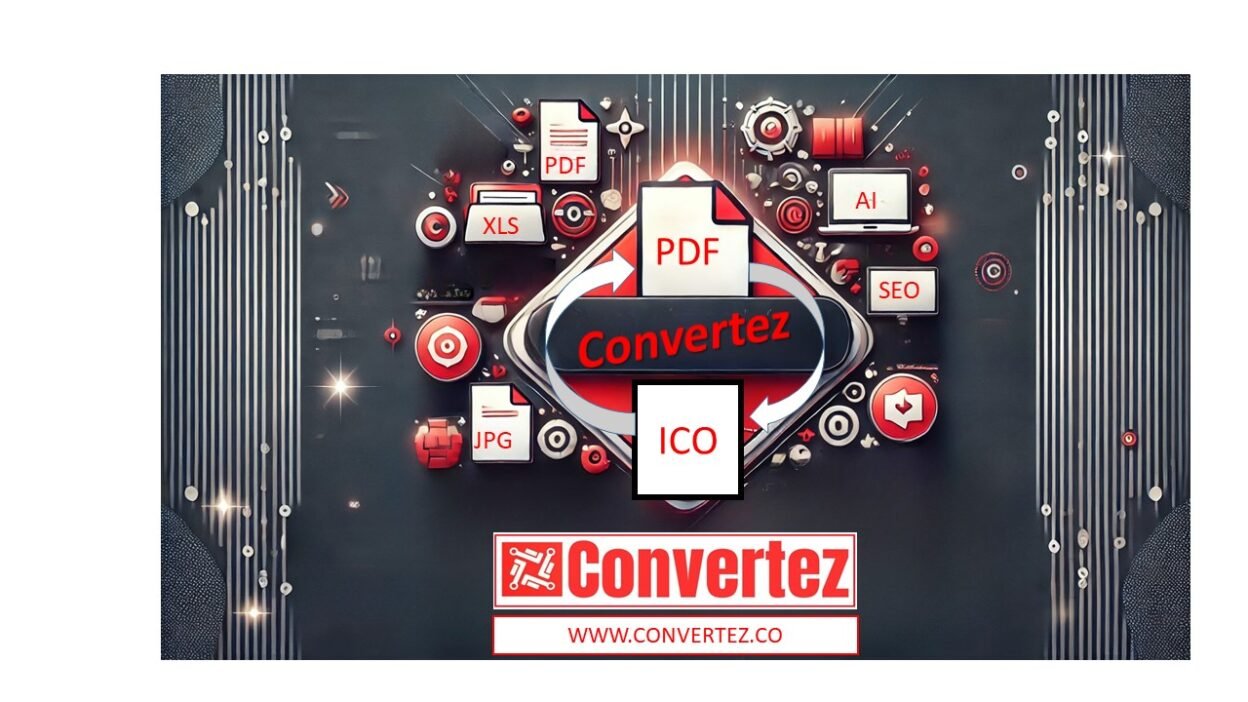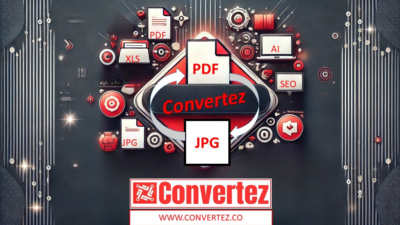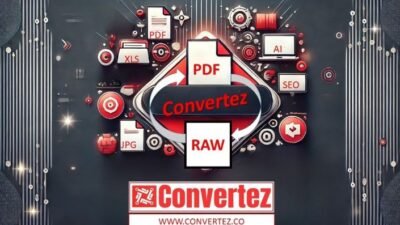In the digital world, where file compatibility and user interface design go hand in hand, converting files into the right format can make all the difference. One such unique and lesser-known conversion is PDF to ICOtransforming a Portable Document Format (PDF) file into a Windows icon file (ICO). But why would anyone want to convert a PDF to an ICO? How does the process work? And most importantly, what are the best tools to do it?
In this comprehensive guide, we’ll walk you through everything you need to know about converting PDF to ICO—from understanding the formats to step-by-step instructions, use cases, and helpful tips.
What is a PDF to ICO?
PDF stands for Portable Document Format, a file format developed by Adobe in the 1990s to present documents consistently across various platforms and devices. PDF files are widely used for everything from business documents and eBooks to forms and brochures.
Key characteristics of PDF files include:
- Fixed layout that preserves design
- Support for text, images, vector graphics, and hyperlinks
- Platform-independent compatibility
While PDFs are excellent for documentation and sharing, they are not designed for use as icons or UI elements.
What is an PDF to ICO File?
ICO files are the standard format for icon images used in Microsoft Windows. They contain one or more small images at multiple sizes and color depths so they can be scaled for different display needs.
Key features of ICO files:
- Common sizes: 16×16, 32×32, 48×48, 64×64, 128×128, and 256×256 pixels
- Used for app icons, shortcut icons, and website favicons
- Can include transparency and alpha channels
Unlike image formats like PNG or JPG, ICO files are tailored for system-level use, which makes them crucial for application developers, web designers, and UI/UX specialists.
Why Convert PDF to ICO?
At first glance, this might seem like an unusual conversion. But there are actually practical reasons for wanting to turn a PDF into an ICO file:
1. Create Custom App Icons
If your PDF contains a logo or symbol, you might want to turn that design into a custom icon for your application.
2. Design Favicons for Websites
Favicons are small icons displayed in the browser tab. Many designers start with a logo in PDF format and need to convert it into ICO format.
3. Simplify Branding Assets
Turning a PDF logo into multiple formats—including ICO—helps create a unified brand presence across software and digital platforms.
4. UI/UX Development
Developers who work on custom software may use converted icons to maintain visual consistency and style within an application.
How to Convert PDF to ICO Step-by-Step
There’s no built-in tool in Windows to perform this conversion, but thankfully, there are online tools and graphic design software that can help. Here’s how to do it:
Method 1: Using an Online PDF to ICO Converter
This is the fastest and easiest way to convert your file.
Step-by-Step Process:
- Go to a trusted online converter, such as Convertez.com.
- Upload your PDF file.
- Select desired icon size(s) – 32×32, 64×64, or even 256×256 depending on your need.
- Click ‘Convert’ and wait a few seconds.
- Download the ICO file.
Benefits:
- No software installation needed
- Works on all devices
- Quick and easy
Method 2: Using Design Software (Adobe Illustrator + Photoshop)
If you prefer a manual approach for more control, you can extract vector designs from your PDF and convert them into ICO using Adobe tools.
Steps:
- Open your PDF in Adobe Illustrator and extract the vector image.
- Export the image as a high-res PNG with transparent background.
- Open the PNG in Photoshop and resize it to standard icon dimensions.
- Save the image as an ICO file using a plugin like “ICO Format for Photoshop.”
Benefits:
- High-quality output
- Full control over the design
- Ideal for professionals
Tips for Best Results
- Use High-Quality PDFs: The better the source file, the clearer your icon will be.
- Keep It Simple: Icons are small, so minimalist designs work best.
- Use Transparent Backgrounds: It helps your icons blend seamlessly with UI elements.
- Choose the Right Size: For app icons, 256×256 px is standard. For favicons, go with 16×16 or 32×32 px.
- Test Your Icons: Before finalizing, preview the ICO file on various devices.

Use Cases in Real Life
Let’s take a look at a few real-world scenarios where converting PDF to ICO makes a lot of sense:
1. Startup Branding
You’ve designed a sleek company logo in PDF format. You need to use it as a favicon and also as a Windows application icon. Converting it to ICO solves both issues without redesigning the whole thing.
2. Software Development
Developers building a desktop app can convert their logo PDF to ICO file to customize the app’s icon, making it look polished and professional.
3. Personal Customization
Want to add a personal touch to your folders or shortcuts? Convert a personal PDF design into an ICO and set it as the folder icon in Windows.
FAQs
Q: Can I convert multi-page PDFs into ICO?
A: Most tools will only use the first page of your PDF. If you want another page, extract it as a separate file first.
Q: Are online converters safe?
A: Yes—reputable tools like Convertez do not store or share your files. Still, avoid uploading sensitive documents.
Q: What if my PDF has a complex design?
A: Simplify it or convert it into a high-resolution PNG first, then into ICO for better results.
Conclusion
Converting a PDF to ICO may not be a daily task, but when the need arises, it’s essential to do it right. Whether you’re creating custom icons for your app, website, or desktop, having the ability to convert your PDF files into clean, functional ICO files can greatly enhance your design workflow.
With tools like Convertez, the process becomes simple, fast, and accessible to everyone—no design expertise required. Just upload, convert, and download. Done!
Next time you find yourself with a great design in PDF format and need it as an icon, you’ll know exactly what to do.



